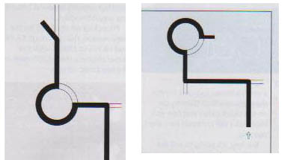 
|
About Us |
Driving Licence |
Prices |
Gallery |
Contact |
 Polski |
|||||||||||||
|
|||||||||||||||||||

